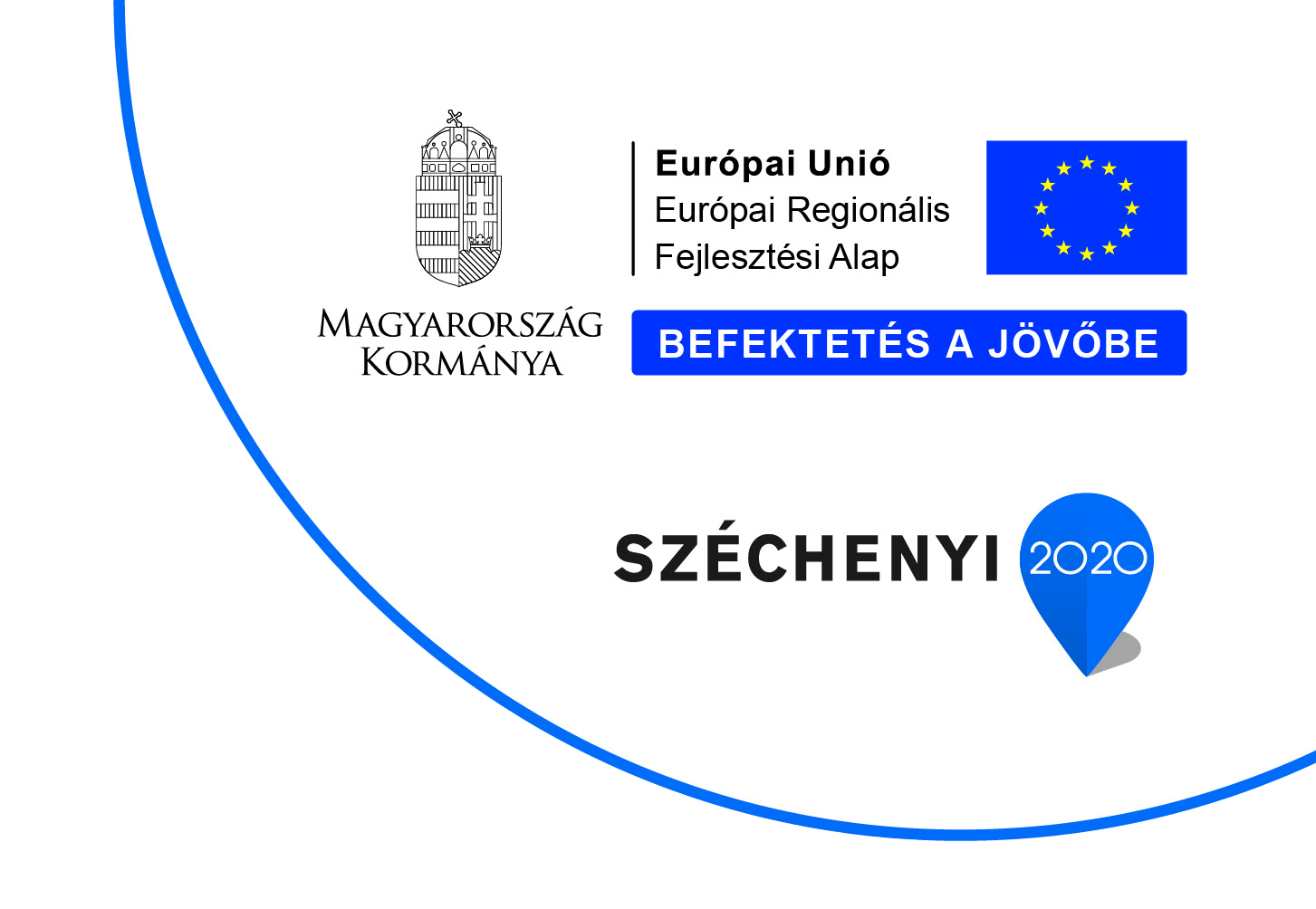Metal contamination is a major problem for the pharmaceutical and fine chemical industries. A large amount of time and
resource is spent purifying compounds after catalytic steps, so that the metal concentration is within the acceptable limit. Generally, the acceptable limit is 0.05-10 ppm, for those metals that are utilized in hydrogenation. Scavenger resins are often used for metal contamination purification. In this application note, we will demonstrate how the H-Cube® and a scavenger cartridge (ScavCart™) may be combined to perform a reaction and purification in 1 step.

